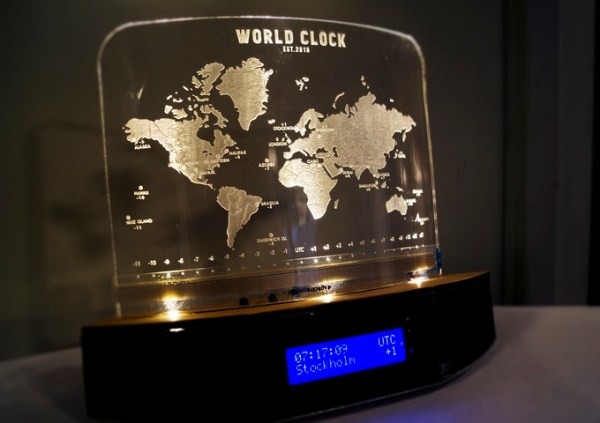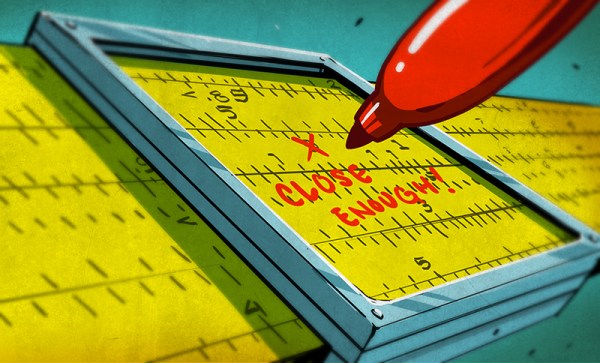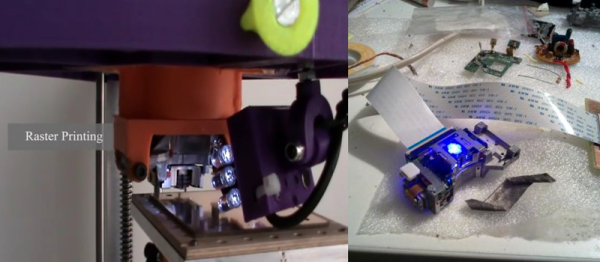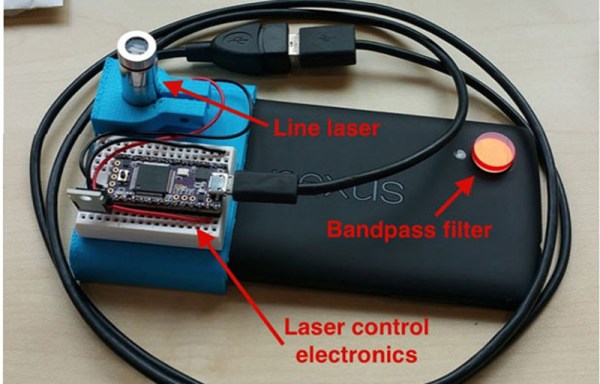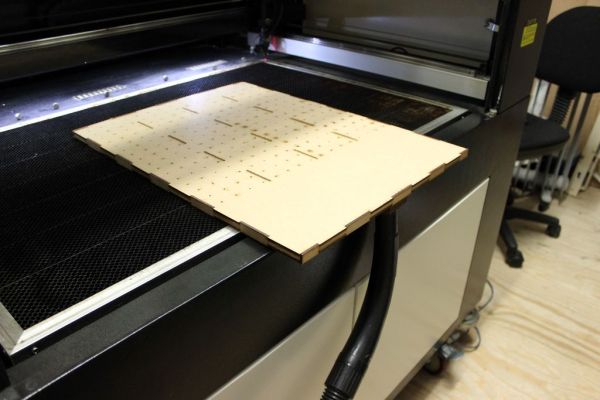If you’ve worked with steel or iron, you will be very familiar with rust. You will have an impressive armoury of wire brushes and chemicals to deal with it, and your sandblasting guy is probably in your speed-dial list.
We’ve had more than one Hackaday reader contact us of late with videos showing an apparently miraculous handheld laser unit effortlessly stripping away rust, and leaving a near-perfect surface with little mess. Can it be real, they ask, is it an internet hoax? After all if you have done battle with the dreaded iron oxide you’ll know there is no miracle fix to the problem, however you deal with it there has traditionally been hard work involved.
So after a bit of research, we find CleanLaser, the German company whose products feature in the videos. Quoting their website: “Powerful, very short, rapid and moving laser pulses produce micro-plasma bursts, shockwaves and thermal pressure resulting in sublimation and ejection of the target material”. So yes, it seems they’re real.
The website is at pains to stress the environmental benefits of the devices over comparable sandblasting or similar technologies, but has very little information on their safety. They are available in power ratings from 12W to 1KW which is a hell of a lot of laser power to be projecting, yet the operators seem only to be wearing goggles. Perhaps this comes back to the “Powerful, very short, rapid and moving” bit in the quote above, is there no point source to sear your retina? Laser experts please enlighten us in the comments.
If you work with metal or grew up in a metalworking business, this machine probably has you salivating. Sadly for hackers and makers though it’s probable that it and ones like it will be out of our price range for quite some time. Still, the prospect of a guy with one in an industrial unit appearing in most towns can’t be too far away, and that can only be a good thing
The video shows the machine in action. Rusty fire-grate in, perfect shiny surface out. Perhaps only those of you who have spent many hours with a wire brush will understand.
Continue reading “Laser Removes Rust Like Magic” →

